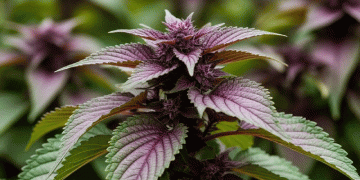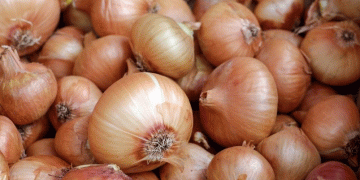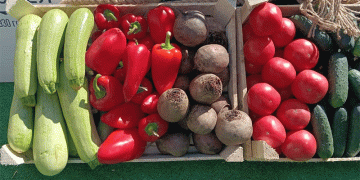Pink potato rot is a serious disease that can cause significant damage to potato crops. In this article, we will explore the causes and symptoms of this disease, as well as effective prevention strategies that farmers and growers can employ to minimize its impact on their crops.
Pink potato rot is caused by the fungus Phytophthora erythroseptica, which can infect the plant through wounds or natural openings. According to research, the disease can cause up to 70% crop losses in severe cases, making it a major concern for potato growers. Infected potatoes can also become unsuitable for consumption, leading to significant financial losses.
Effective prevention strategies for pink potato rot involve implementing measures that can prevent the disease from infecting the crop. This includes using clean seed potatoes, proper crop rotation, and regular monitoring of the crop for signs of disease. In addition, growers must ensure proper drainage and irrigation practices to minimize the risk of infection.
Chemical treatments can also be effective in preventing and managing pink potato rot, but must be used with caution and in accordance with regulations. It is important to consult with agricultural experts to determine the appropriate treatment and to ensure that it is used safely and effectively.
In conclusion, pink potato rot is a significant threat to potato production, and can cause significant losses in yield and quality. By implementing effective prevention strategies, including the use of clean seed potatoes, proper crop rotation, careful irrigation and drainage management, and judicious use of chemical treatments, growers can successfully manage this destructive disease and safeguard their potato crops.
Tags: pink potato rot, Phytophthora erythroseptica, clean seed potatoes, crop rotation, irrigation management, chemical treatments, crop losses.

































